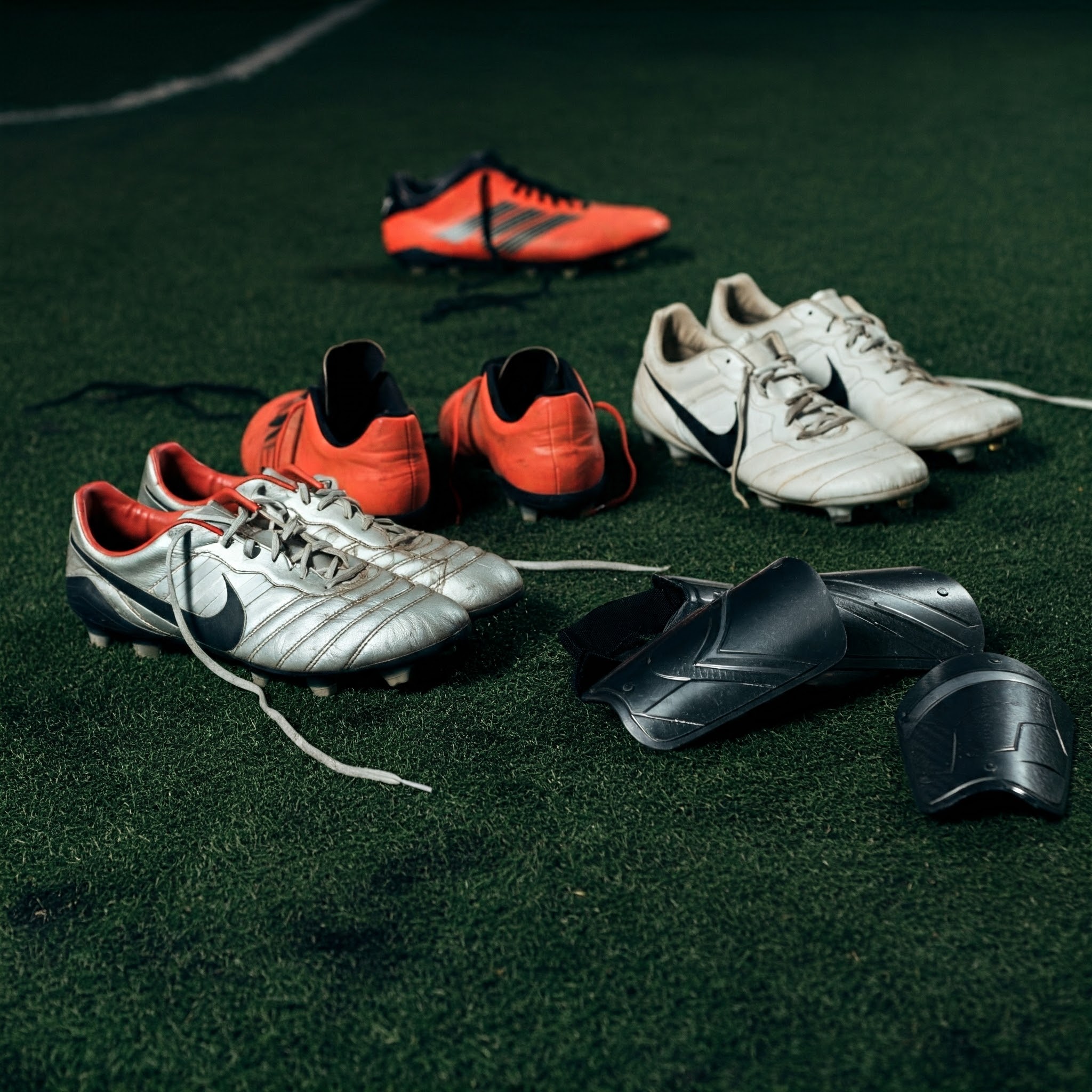
Introduction
Welcome to your one-stop shop for all things youth soccer gear and equipment! Whether you’re a parent navigating the soccer world for the first time, a seasoned coach looking for the latest recommendations, or a passionate young player eager to learn more about your tools of the trade, this blog post is for you.
We’ll cover everything from the essentials like shinguards, cleats, and balls to optional performance-enhancing gear and training equipment. We’ll also delve into the latest trends in soccer equipment and technology. If you are interested in additional equipment information, links to item pages have been provided. Also, check out the link to ProSoccer.com at the bottom of this page for additional equipment needs and a discount on your order.

Disclosure: I only recommend products I believe in or use myself. This post contains affiliate links, which help support the blog and allow me to continue creating helpful content for you.
Required Equipment
Shinguards
Shinguards are a non-negotiable piece of soccer equipment. They protect the lower leg from impacts, reducing the risk of painful injuries. There are two main types of shinguards: stirrup shinguards and slip-in shinguards.
- Stirrup Shinguards: These have a strap that goes under the foot to keep the shinguard in place. They offer a secure fit but can be a bit bulky for some players.
- Slip-In Shinguards: These slide into a sock or sleeve. They are lighter and more comfortable than stirrup shinguards but may move around during play.
Trend Alert: In recent years, there’s been a trend toward smaller, lighter shinguards and socks worn low on the leg. While this may look cool, it offers less protection. Remember, safety first!
Top of the Line: Nike Mercurial Lite Shinguards, Adidas X Soft Ground Pro Shinguards
Budget Friendly: Vizari Malaga Shinguards, Champion Sports Shinguards
Cleats
Cleats provide traction on the field, allowing players to accelerate, cut, and change direction quickly. When choosing cleats, consider the following:
- Fit: Make sure the cleats fit snugly but allow for some room in the toe box.
- Material: Leather cleats offer a classic feel and good touch on the ball, while synthetic cleats are lighter and more durable.
- Stud Type: Different stud configurations are designed for different field conditions. Firm ground cleats are for natural grass fields, while soft ground cleats are for muddy or wet fields.
Top of the Line: Adidas Predator Edge, Nike Mercurial Vapor
Budget Friendly: Puma Future Z, Diadora Brasil
For a more in-depth review of cleats, you can check out our soccer cleat guide for parents.

Soccer Balls
The soccer ball is the heart and soul of the game. Choosing the right ball can significantly impact a player’s experience. Here’s a breakdown of ball sizes and materials:
Ball Sizes:
- Size 3: For players ages 8 and under
- Size 4: For players ages 8-12
- Size 5: For players ages 12 and up
Bladder Types:
- Butyl: Offers excellent air retention but can feel hard.
- Latex: Provides a softer feel and better touch but needs to be inflated more often.
- Rubber: The most affordable option but less responsive than butyl or latex.
Cover Materials:
- PU (Polyurethane): Durable and water-resistant.
- PVC (Polyvinyl Chloride): More affordable but less durable than PU.
Why do some balls feel like they fly off your foot?
This is often due to a combination of factors, including the ball’s bladder type, cover material, and inflation level. A ball with a harder bladder and a smooth cover will tend to feel “faster” than a ball with a softer bladder and a textured cover.
Top of the Line: Adidas Al Rihla Pro, Nike Flight
Budget Friendly: Select Numero 10 Soccer Ball, Wilson Traditional Soccer Ball
Optional Performance Products
- Compression Sleeves: These can help improve blood circulation and reduce muscle fatigue.
- Grip Socks: These socks have textured grips on the bottom to help prevent your foot from slipping inside your cleat.
- Headbands and Sweatbands: These can help keep sweat out of your eyes and improve visibility on the field.
- Goalkeeper Gloves: These gloves provide extra grip and protection for goalkeepers.
Top of the Line: Storelli BodyShield Compression Sleeves, NikeGrip Socks
Budget Friendly: Under Armour HeatGear Compression Sleeves, Adidas Cushioned Socks

Optional Training Equipment
- Rebounder: A rebounder is a great tool for practicing passing and receiving skills.
- Cones: Cones can be used to set up drills and practice dribbling and agility.
- Agility Ladder: An agility ladder helps improve footwork and coordination.
- Training Goals: Small, portable goals are perfect for practicing shooting at home.
Top of the Line: SKLZ Quickster Soccer Rebounder, Pro Cone Set
Budget Friendly: Franklin Sports Soccer Rebounder, Amazon Basics Cone Set
Current Trends in Soccer Equipment
- Smart Soccer Balls: These balls have embedded sensors that track metrics like speed, spin rate, and trajectory.
- Wearable Technology: GPS trackers and heart rate monitors can provide valuable data on player performance.
- Virtual Reality Training: VR technology is being used to create immersive training experiences for players.
- Sustainability: Many brands are now using recycled materials in their products.
Conclusion
Choosing the right gear and equipment can make a big difference in a young soccer player’s performance and enjoyment of the game. By understanding the different options available and staying up-to-date on the latest trends, you can help your child reach their full potential on the field. Remember, the most important thing is to choose gear that is comfortable, safe, and appropriate for your child’s age and skill level. And remember, have fun!

Related
Discover more from
Subscribe to get the latest posts sent to your email.
